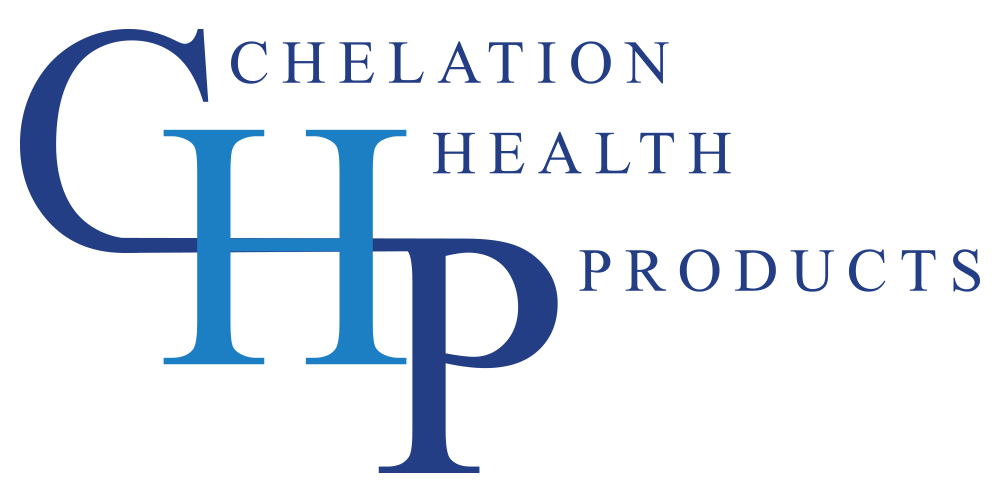Toxic Heavy Metals
What Role Does Bile Play In Detoxification?
Cleanses have become a popular trend in today’s health goods market. Their herb and nutrient ingredients promote the liver’s breakdown of waste through a somewhat gentle and short process. Some, such as chelation detoxification products, attach themselves to wastes like heavy metals that are stored deeper in the body’s systems. These processes are well known to the medical world, but lately, the question has been asked: What role, if any, does bile play in detoxification?
Two groups of enzymes help process waste so it is easier to expel from the body. A Phase 1 enzyme breaks down part of the waste before it is sent on to Phase 2 to be broken down even further. The elimination of the waste through the intestines is considered by some medical professionals to be Phase 3. But the question arose – how does the broken-down waste in the liver make it to the intestine to be expelled?
Now referred to as Phase 2.5 detox, the waste attaches to bile to be transferred from the liver to the intestines. Bile is the alkaline substance produced in the liver and stored in the gallbladder to be used in the absorption of fats. While this is a known fact, the revelation to most people is that bile is acting as a conveyor that moves processed wastes from the liver, to the intestine, and then out of the body. Included in this waste elimination are possibly harmful substances like bromine, fluoride and heavy metals such as mercury, copper and aluminum. It is important to maintain normal bile flow, not just for aiding in detoxification, but for overall gut health.
For more information about detoxification and chelation products, contact Chelation Health Products for an assortment of quality detox products.

